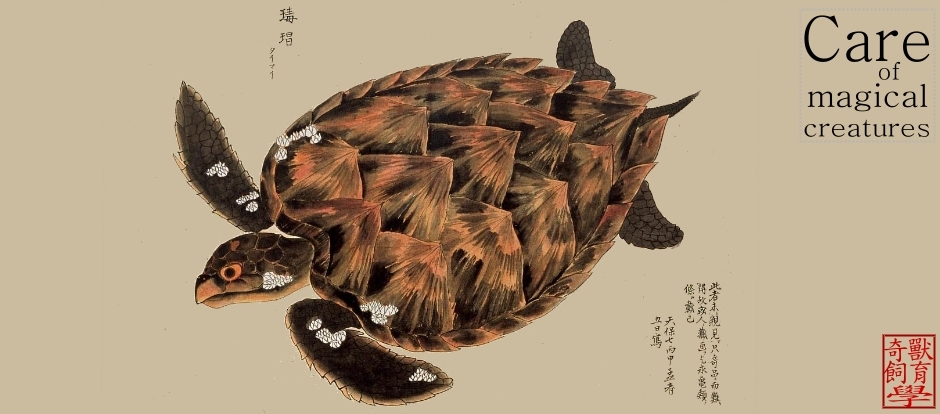 文獻來源: Milhomen SSR, Pieczarka JC, Crampton WGR, Silva DS, De Souza ACP, Carvalho Jr JR, Nagamachi CY. 2009. Chromosomal evidence for a putative cryptic species in the Gymnotus carapo species-complex (Gymnotiformes, Gymnotidae). BMC Genetics 9: 85 doi: 10.1186/1471-2156-9-75
文獻來源: Milhomen SSR, Pieczarka JC, Crampton WGR, Silva DS, De Souza ACP, Carvalho Jr JR, Nagamachi CY. 2009. Chromosomal evidence for a putative cryptic species in the Gymnotus carapo species-complex (Gymnotiformes, Gymnotidae). BMC Genetics 9: 85 doi: 10.1186/1471-2156-9-75Abstract
Background
In this study we examined the karyotypes of morphologically indistinguishable populations of the electric knifefish Gymnotus carapo sensu stricto from the Eastern Amazon of Brazil. These were identified unambiguously on the basis of external morphology, meristics, and pigmentation.
Results
Specimens from one of five localities exhibited a karyotype previously not documented for Gymnotus species in the Amazon basin: 2n = 40 (34M/SM+6ST/A). Samples from the other four localities exhibited a different karyotype: 2n = 42 (30M/SM+12ST/A), which we had previously described. Specimens from all five localities presented constitutive heterochromatin in the centromeric region of almost all chromosomes, including in the distal and interstitial regions. Staining with 4'6-Diamidino-2-phenylindole revealed C-positive banding. In both karyotypes the Nucleolar Organizer Region (NOR) was located on the short arm of pair 20, and Chromomycin A3 stained the NORs. Fluorescent in situ hybridization with telomeric probes showed an Interstitial Telomeric Sequence (ITS) in the proximal short arm of a metacentric pair in the 2n = 40 karyotype.
Conclusion
The difference between the two karyotypes on the diploid number and chromosome morphology can be explained by rearrangements of the fusion-fission type and also by pericentric inversions. The presence of ITS in a metacentric pair of the 2n = 40 karyotype suggests that the difference in the diploid number of the karyotypes results from a fusion. The consistent 2n = 42 karyotype at four localities suggests an interbreeding population. However, because fusion-fission and pericentric inversions of this nature typically result in reproductive isolation, we speculate that the form with the 2n = 40 karyotype is a different species to that of the 2n = 42 form. Nonetheless, we did not observe evident differences in external morphology, meristics and pigmentation between the two forms, which suggest that they represent cryptic sympatric species in the G. carapo species complex. We speculate that the chromosomal speciation occurred recently, allowing insufficient time for the fixation of other differences following post-zygotic isolation.
